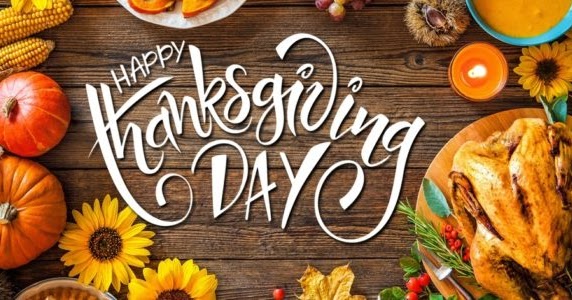The Pilgrims sailed to the US aboard the Mayflower and set ground at Plymouth Rock on December 11, 1620. The first winter that the pilgrims spent in the US was devasting and they lost 46 out of 102 settlers. The following fall brought a bountiful harvest.
The remaining colonists decided to celebrate with a feast and included 91 Indians who had helped the Pilgrims survive their first year. It is believed that the Pilgrims would not have made it through the year without the help of the natives. The feast lasted three days.
This “thanksgiving” feast was not repeated the following year. But in 1623, during a severe drought, the pilgrims gathered in a prayer service, praying for rain. When a long, steady rain followed the very next day, Governor Bradford proclaimed another day of Thanksgiving, again inviting their Indian friends. It wasn’t until June of 1676 that another Day of Thanksgiving was proclaimed.
The first Thanksgiving Proclamation was made in 1675. In 1777 a day of national Thanksgiving was proposed by the Continental Congress. But it was a one-time affair.
Sarah Josepha Hale, a magazine editor, is responsible for getting Thanksgiving declared a national holiday. Hale wrote many editorials about the importance of giving thanks in her Boston Ladies’ Magazine, and later, in Godey’s Lady’s Book. Finally, after a 40-year campaign of writing editorials and letters to governors and presidents, Hale’s obsession became a reality when, in 1863, President Lincoln proclaimed the last Thursday in November as a national day of Thanksgiving.
Thanksgiving was proclaimed by every president after Lincoln. The date was changed a couple of times and in 1941, Thanksgiving was finally sanctioned by Congress as a legal holiday, as the fourth Thursday in November.
CORNUCOPIA, korn-yoo-KO-pee-uh One of the symbols of Thanksgiving is the cornucopia, also called horn of plenty. It is a decorative piece, originating in ancient Greece, that symbolizes abundance. The original cornucopia was a curved goat’s horn overflowing with fruit and grain. It symbolizes the horn possessed by Zeus’s nurse, the Greek nymph Amalthaea, which could be filled with whatever the owner wished. A great symbol to use to show a bountiful harvest.
